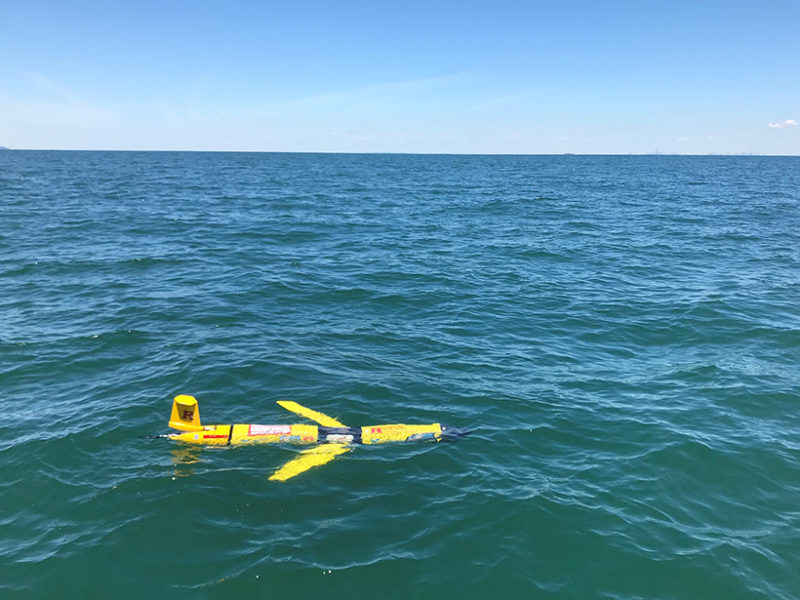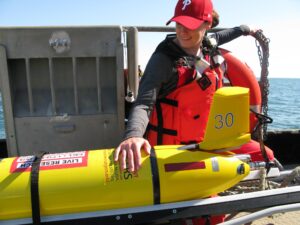Since the Industrial Revolution began in the mid-18th century, Earth’s oceans have absorbed about one third of the carbon dioxide emitted through human activities. The ensuing roughly 30% increase in ocean acidity has reduced the amount of carbonate available for calcifying organisms such as corals and oysters to construct their skeletons and shells. As ocean acidity continues to climb, these biological structures could begin to dissolve or cost organisms extra energy to maintain, potentially disrupting marine food webs.
The rates at which the global ocean is acidifying are unprecedented, but the effects on coastal ecosystems, especially in economically important regions, are not well understood because of a lack of seasonal carbonate chemistry data. Wright-Fairbanks et al. report on an effort to help alleviate the data shortage using an underwater glider equipped with sensors to measure seasonal changes in ocean properties, including pH, temperature, dissolved oxygen, conductivity, and other parameters crucial to understanding local carbonate chemistry.




